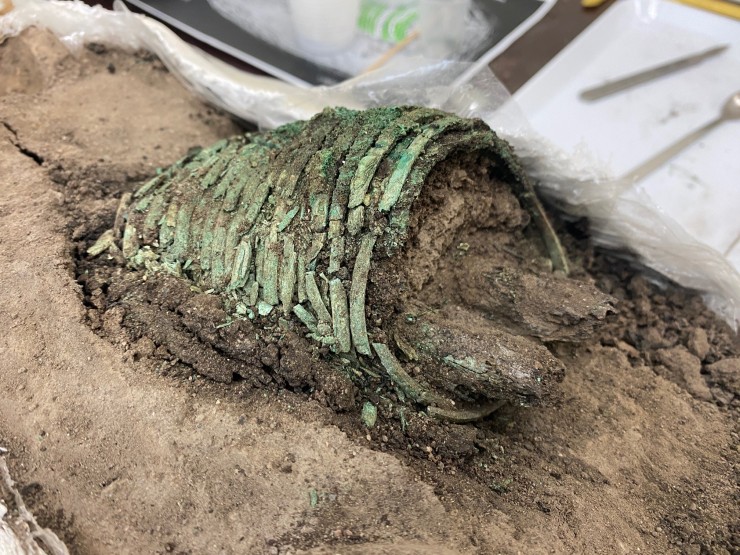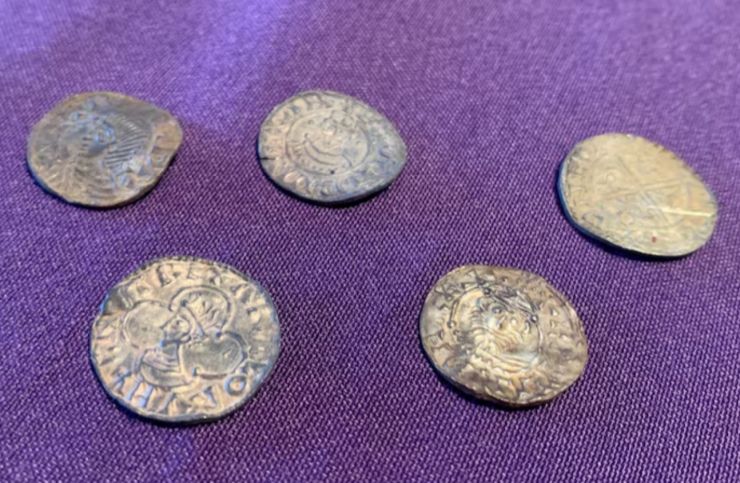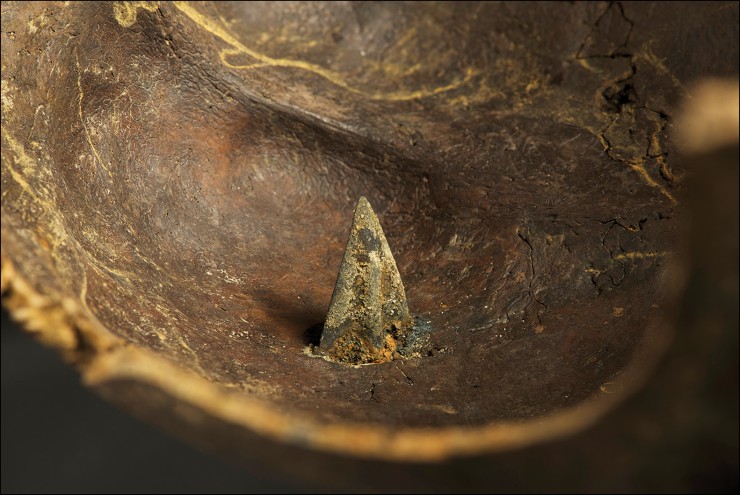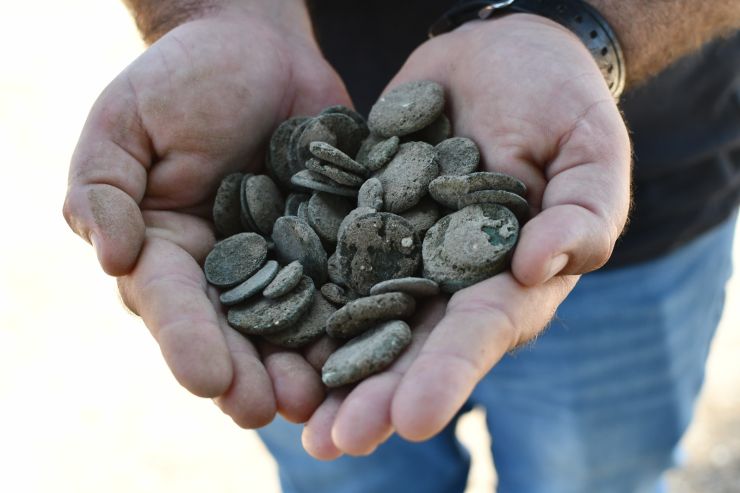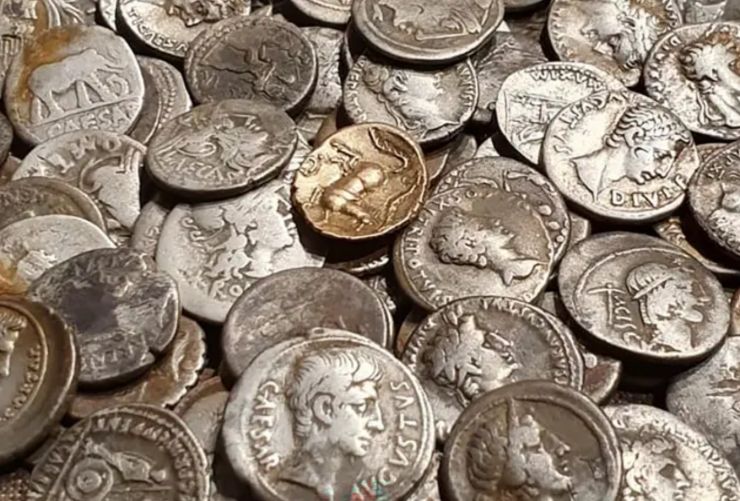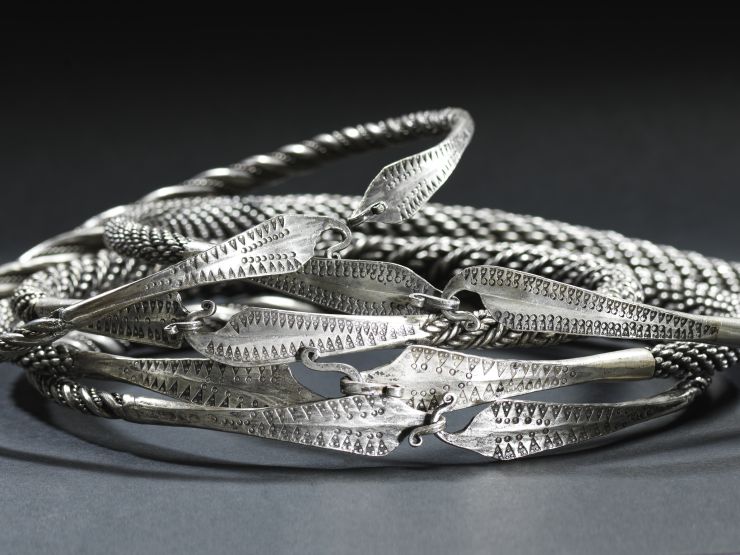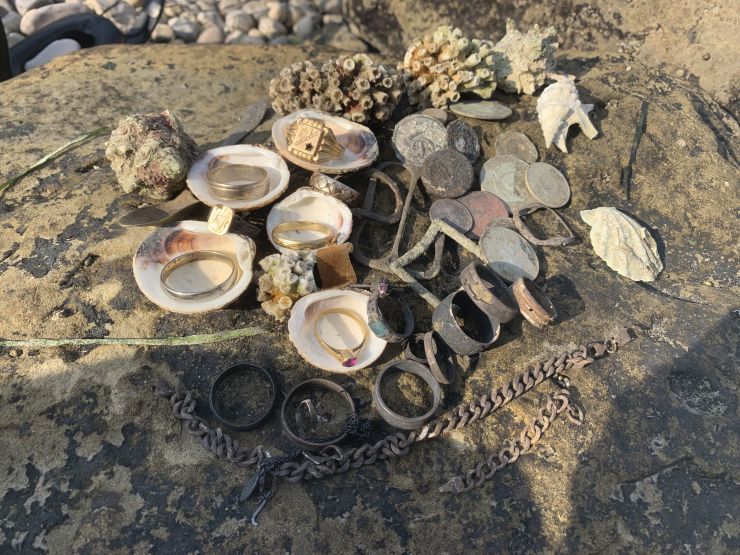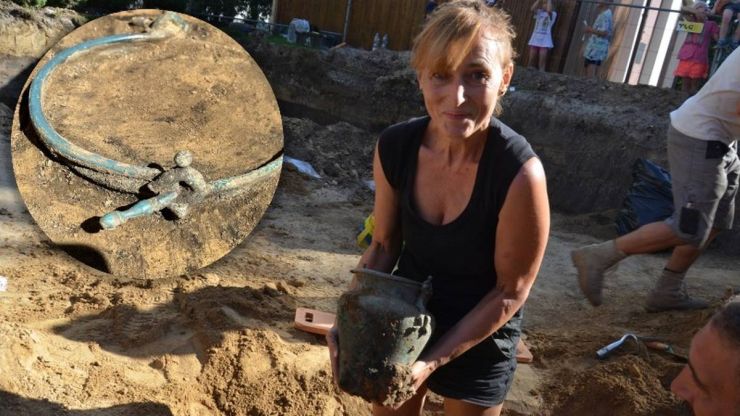V Českolipsko :
PepeTrump: Ahoj, budu moc ráda.
» show
V Českolipsko :
34sandokan: ahoj máme malou skupinu z českolipska... pokud se chcete přidat není problém...:)
» show
V Jak vybrat detektor?:
20Krejcar: Tak to je rada nad zlato.  🤦🏻♂️ Asi to má být narážka na nick, ale chtělo by to rozvé…
» show
🤦🏻♂️ Asi to má být narážka na nick, ale chtělo by to rozvé…
» show
V Jak vybrat detektor?:
GM4PRO: pokud je výběr mezi těmito dvěma, tak já mám jasno :D
» show
V Minelab Equinox 800 a 600:
rex13: Ahoj všichni,mám dotaz nebo vlastně prosbu.Mám 800 ,z ničeho nic mě začal detektor zlobit.…
» show
> Enter forum
